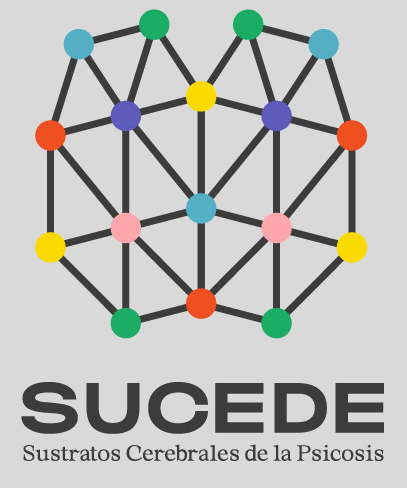Today our PhD candidate Maria Iglesias, resident of neurophysiology at the University Hospital of Valladolid, has shown her bibliographic review on power alterations in different frequency bands (time-frequency analysis) in patients with schizophrenia or bipolar disorder during resting state.
Recently Dr. Iglesias and Dr. Diez showed us their own results of alterations in EEG power activity in a wide sample of patients with schizophrenia (N=110; 74 chronic and 36 first episodes), bipolar disorder (N=31) and healthy controls (N=99). The analyses concluded an increase in absolute powerin delta, theta and gamma bands in patients with schizophrenia compared to control subjects. The analyses were corrected for multiple comparisons (FDR method).
In the current review Dr. Iglesias found a total of 149 and 78 published papers on power, electroencephalography and schizophrenia spectrum disorders using respectively two alternative Pubmed search methods. After exclusion of repeated articles, those that did not present a control group or employed other techniques or objectives not related to our purpose, there were finally a total of 33 articles to be included in our review. Of these 33 articles, 31 included comparisons of patients with schizophrenia vs healthy controls, and only 2 included a group of bipolar patients.
Schizophrenia versus healthy controls:
Delta band: our results showed an increase in the delta band in patients with schizophrenia on left frontocentral and parietal electrodes. As for the review, 12 of the 18 papers addressing delta banding found an increase in power in frontal areas, while none had a decreased result and 6 found no significant result.
Theta band: as in delta, we found a fronto-central increase in theta power in our patients, while 13 of the 20 papers in the review also reported this increase in frontal, parietal or temporal regions. No article reviewed found a decrease in theta power and 7 found no significant results.
Alpha band: our results were an increase in fronto-central alpha, although it did not pass the FDR significance cut-off. The results of the review were that 11 articles reported a decrease in power in this band, 3 an increase and 10 no significant results.
Beta band: as with the alpha band, the beta power in our patients was higher than in controls but not significantly (FDR). The systematic review resulted in 8 articles reporting increased beta power, only 1 article on decreased power and 9 without significant results.
Gamma band: our results showed a very significant increase in gamma power in fronto-central, parietal and occipital regions. The review resulted in a total of 7 scientific articles reporting a regionally distributed increase (frontal, parietal and temporal), only 1 article reporting a decrease in gamma power, and 16 without significant results.
Bipolar disorder vs. healthy controls:
The results of the power analysis in the different frequency bands in our sample of patients with bipolar disorder were not significant in any case. However, we found a significant trend (no FDR) in the gamma1 band (30-50 Hz) with a higher power for patients with schizophrenia vs. controls. However, our review of the literature (resulting in only 2 articles) reported an increase in gamma power in bipolar with respect to schizophrenia in frontal and parietal regions.
Limitations in the literature:
- Most articles in the literature have a small sample size (about 30 cases)
- Numerous articles report resting power results as a preliminary step to other analyses: connectivity, task, etc.
- Only 2 studies included patients with bipolar disorder.
- Few papers took into account the variable “time of illness” with a group of first episodes vs. chronic (including patients free of medication and/or naïve).
- There is no consensus as to the areas of cortical involvement, with some papers reporting results only in regions selected a priori.
- No consensus among papers on the effect of pharmacological treatment (antipsychotic and others) or the duration of the disease.
Conclusions of our study:
- Our sample is much more potent than that of previous studies, which may provide evidence for alterations in power in patients.
- Our results are in line with previous literature in those bands that were significant for us: denta, theta and gamma (increased power in schizophrenia vs. controls).
- Our great power of study can also shed light on the cortical regions most affected by this increase in power (fronto-central in slow bands and more distributed in fast bands).
- We performed an analysis of the effect of pharmacology on power alterations without finding any significant results.
- Our study incorporated a subgroup of first-episode patients who showed a trend (not significant) in terms of increased delta, theta and gamma power.



